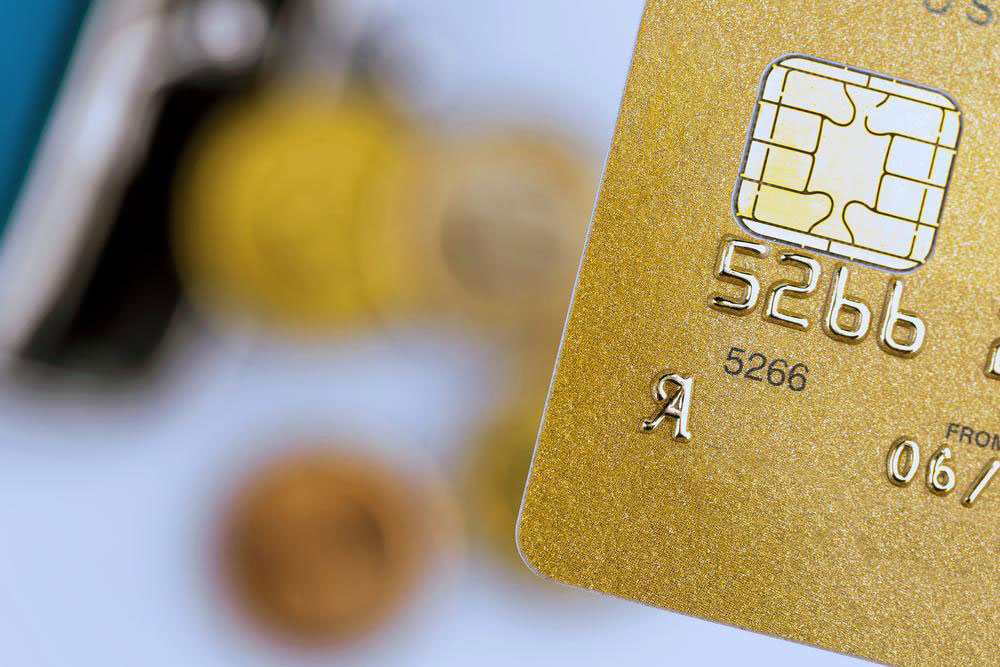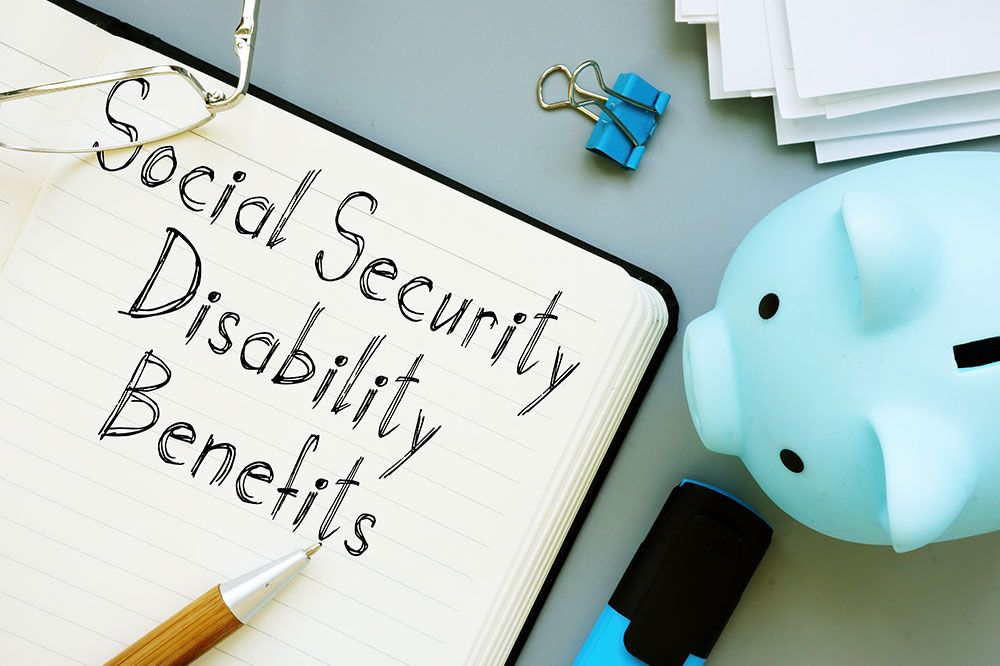Comprehensive Guide to Student Loan Relief and Application Steps
Discover essential information about student loan forgiveness, including eligibility criteria, qualifying payments, employment requirements, and step-by-step application procedures. This comprehensive guide helps borrowers understand how to qualify and apply for various federal forgiveness programs, ensuring they navigate the process effectively to achieve debt relief.

Understanding Student Loan Relief: Eligibility and Application Guidance
Loan forgiveness provides borrowers with financial relief from repaying some or all of their student loans. This benefit is typically offered in specific scenarios, mainly targeting federal student loans and certain industry sectors. To qualify, borrowers must meet criteria related to their employment, repayment plan, and loan type. Each forgiveness program has distinct rules, application steps, and timelines.
Who Qualifies for Student Loan Forgiveness? Eligibility depends on factors like employment history, loan classification, repayment options, and qualifying payments. Most federal forgiveness programs apply only to government-issued loans, sometimes including certain consolidation loans.
Department of Education. Some loans, such as Direct Consolidation Loans, may also qualify for forgiveness.
Loan Type and Forgiveness : Only federal student loans are eligible for forgiveness programs. Private loans are generally excluded unless specified under particular circumstances.
Repayment Plans and Eligibility : Choosing income-driven repayment plans enhances chances for forgiveness, as these plans base payments on income and cap monthly amounts, easing repayment burdens.
Qualifying Payments: Borrowers must complete a set number of qualifying payments, often full and on time. For instance, Public Service Loan Forgiveness (PSLF) requires about 120 payments made in full, on schedule, and on time.
Ensuring timely payments, avoiding defaults, and maintaining good payment history are vital to qualify for forgiveness programs.
Employment and Default Status : Full-time employment in qualifying organizations, like government agencies or specific non-profits, is essential. Borrowers in default (missed payments for over 270 days) are ineligible until their loans are rehabilitated or consolidated.
Annual Certification Process : Regular certification helps maintain eligibility. For example, PSLF requires the annual submission of an Employment Certification form, especially during employment changes. Income verification or family size updates may be needed periodically to stay on qualifying plans.
Additional conditions that offer forgiveness include:
Total and Permanent Disability (TPD) discharge for disabled borrowers.
Discharge due to school closure during or shortly after enrollment.
Borrower defense claims arising from school misconduct or fraud.
Steps to Apply for Student Loan Relief : Applying involves identifying appropriate programs, verifying eligibility through official websites like studentaid.gov, and submitting the necessary documentation. It’s crucial to communicate with your loan servicer for application guidance and to keep copies of all submitted forms. Monitoring application status and maintaining accurate records help ensure process completion.










